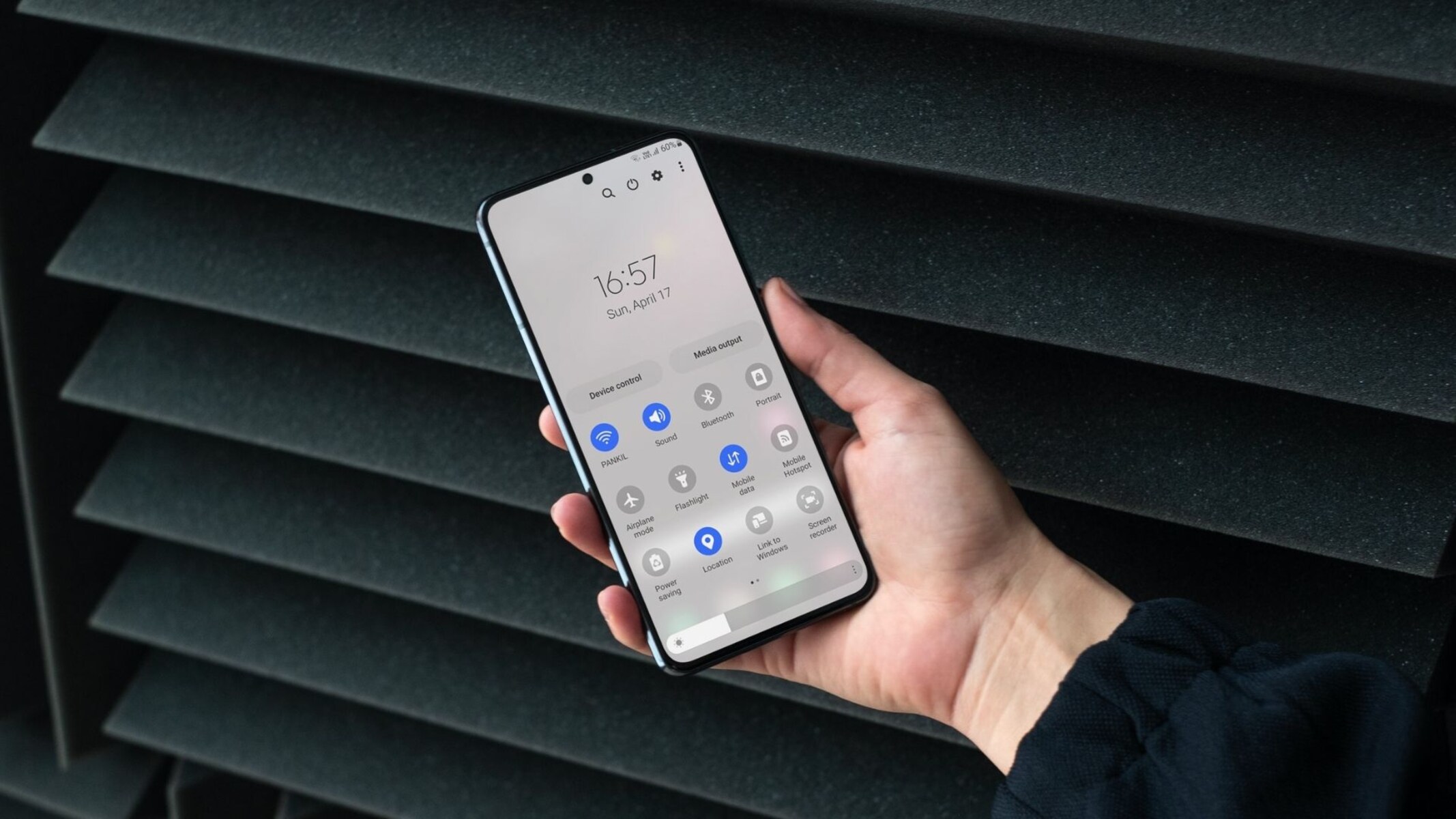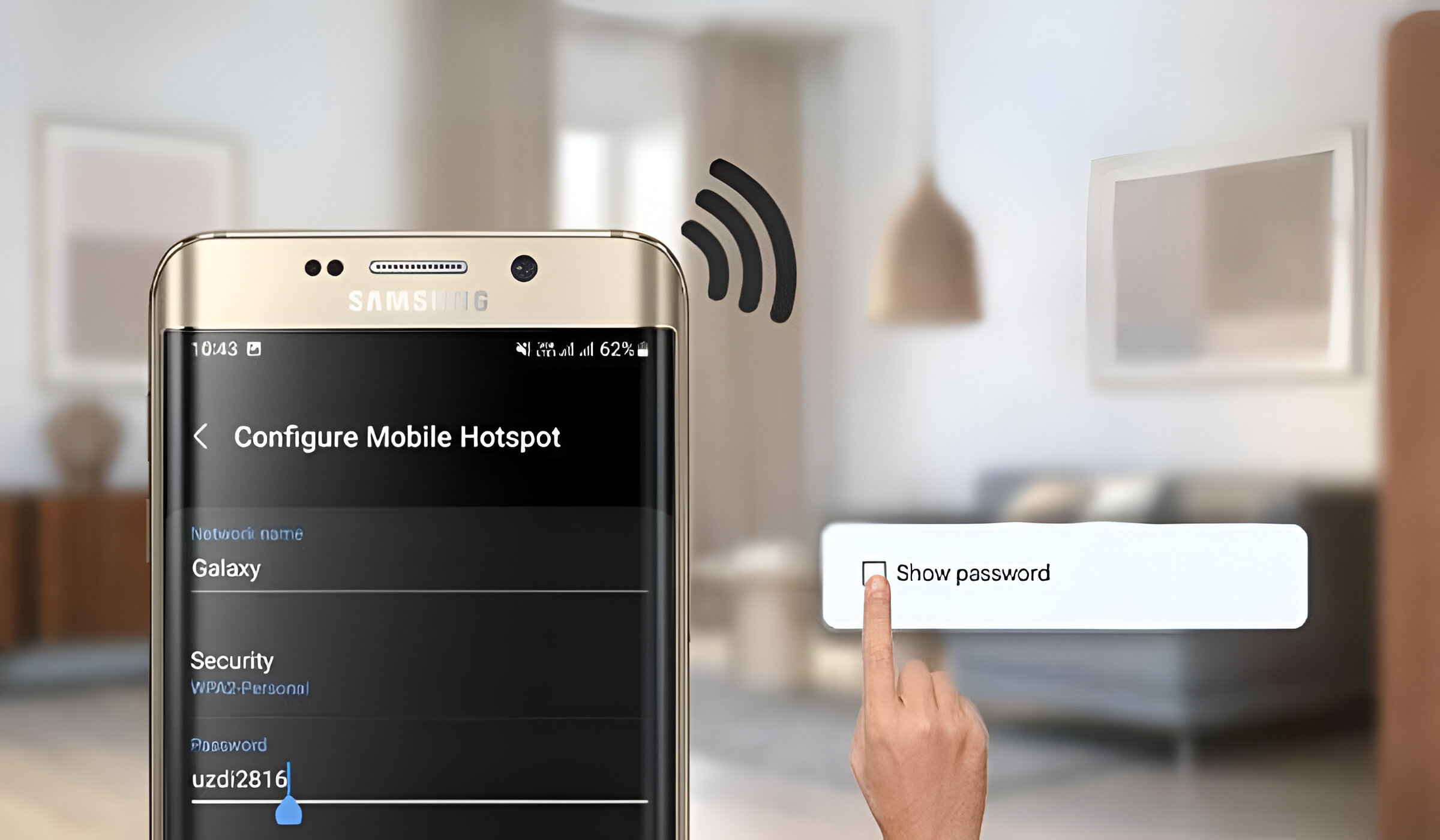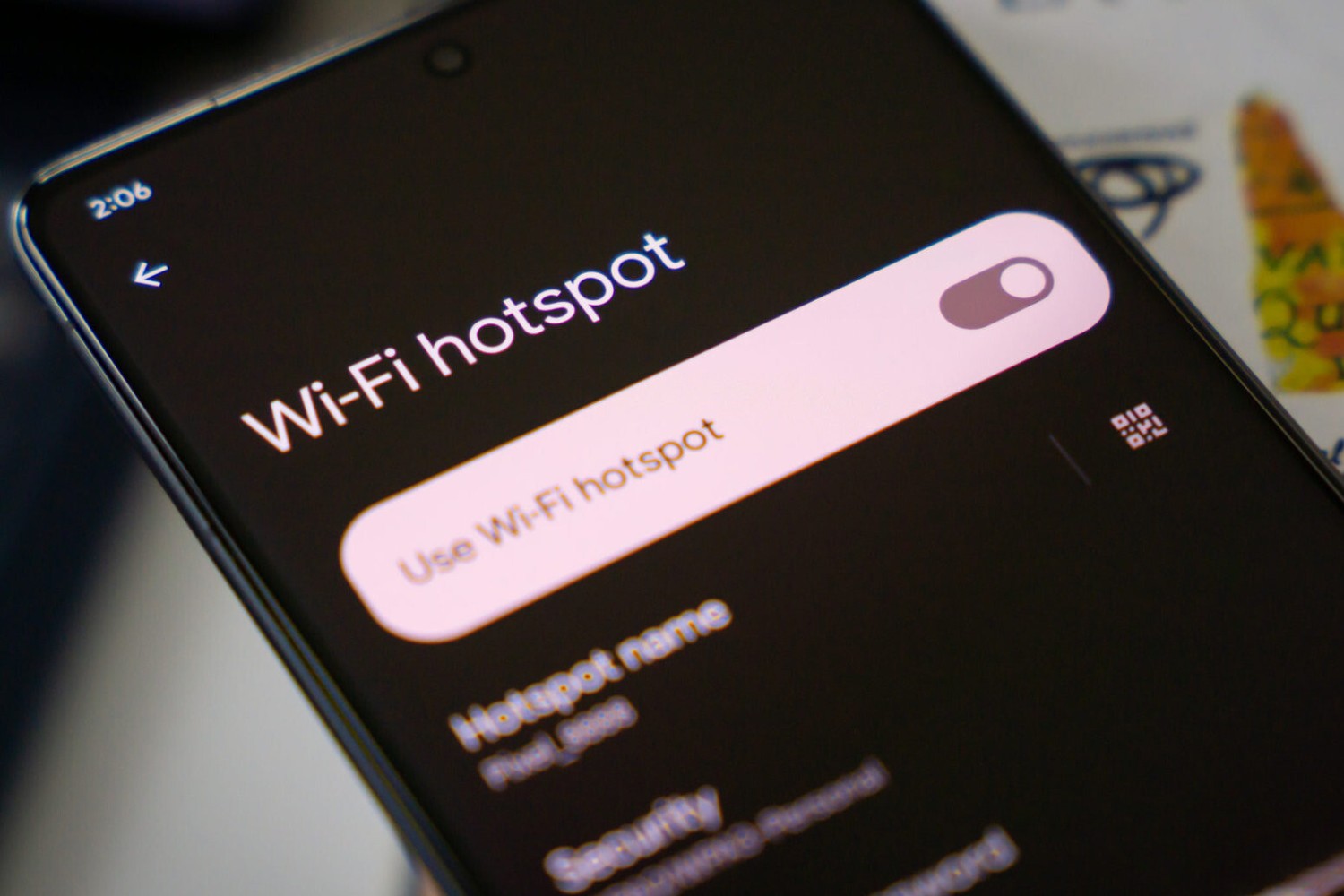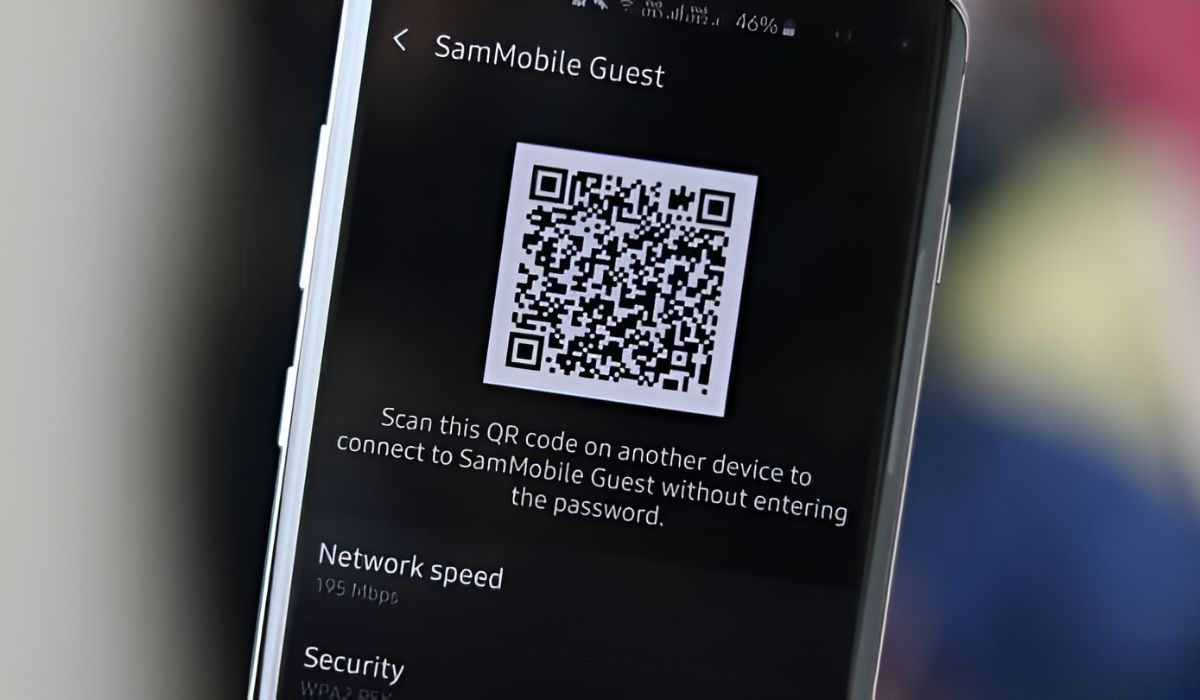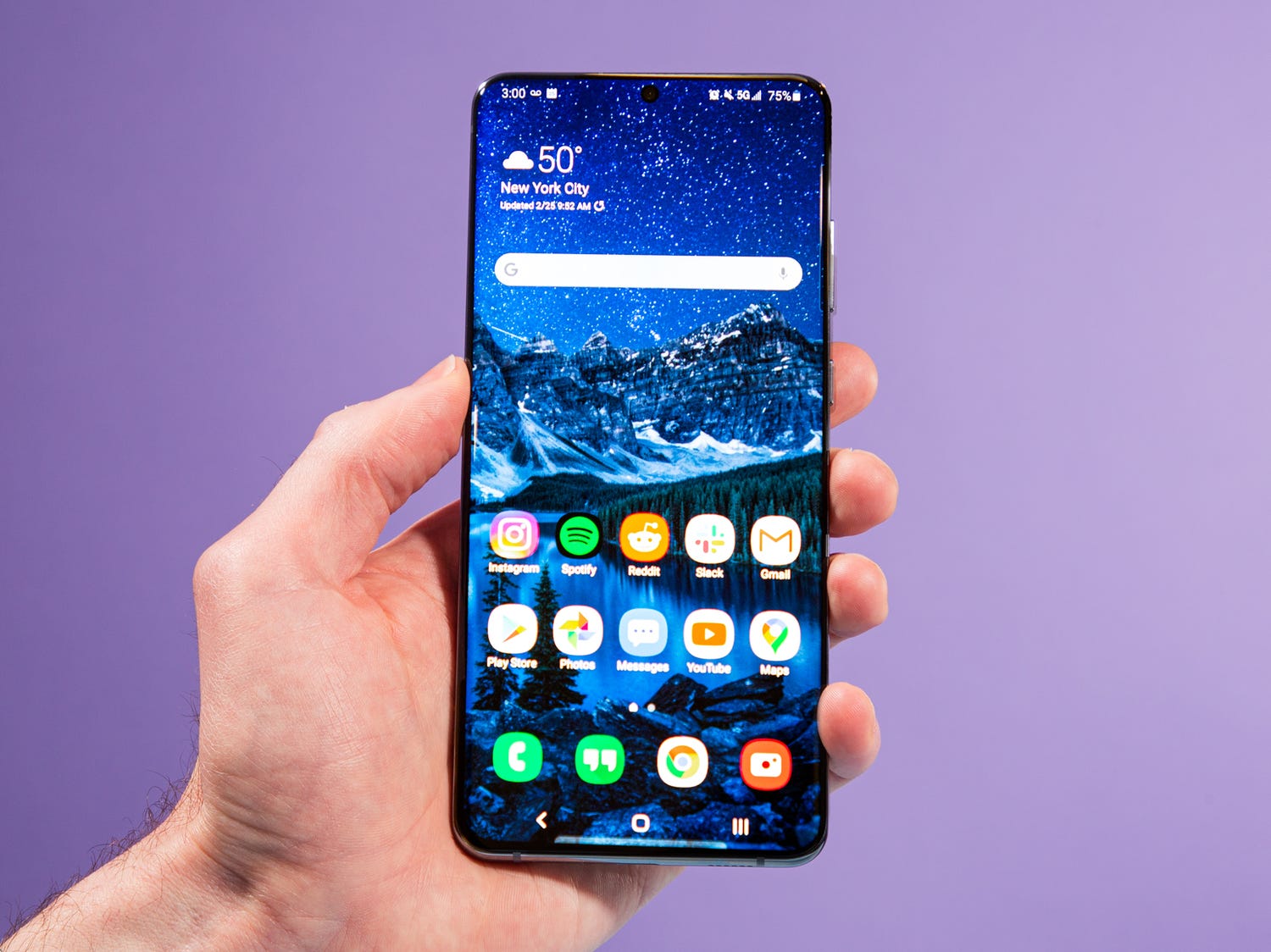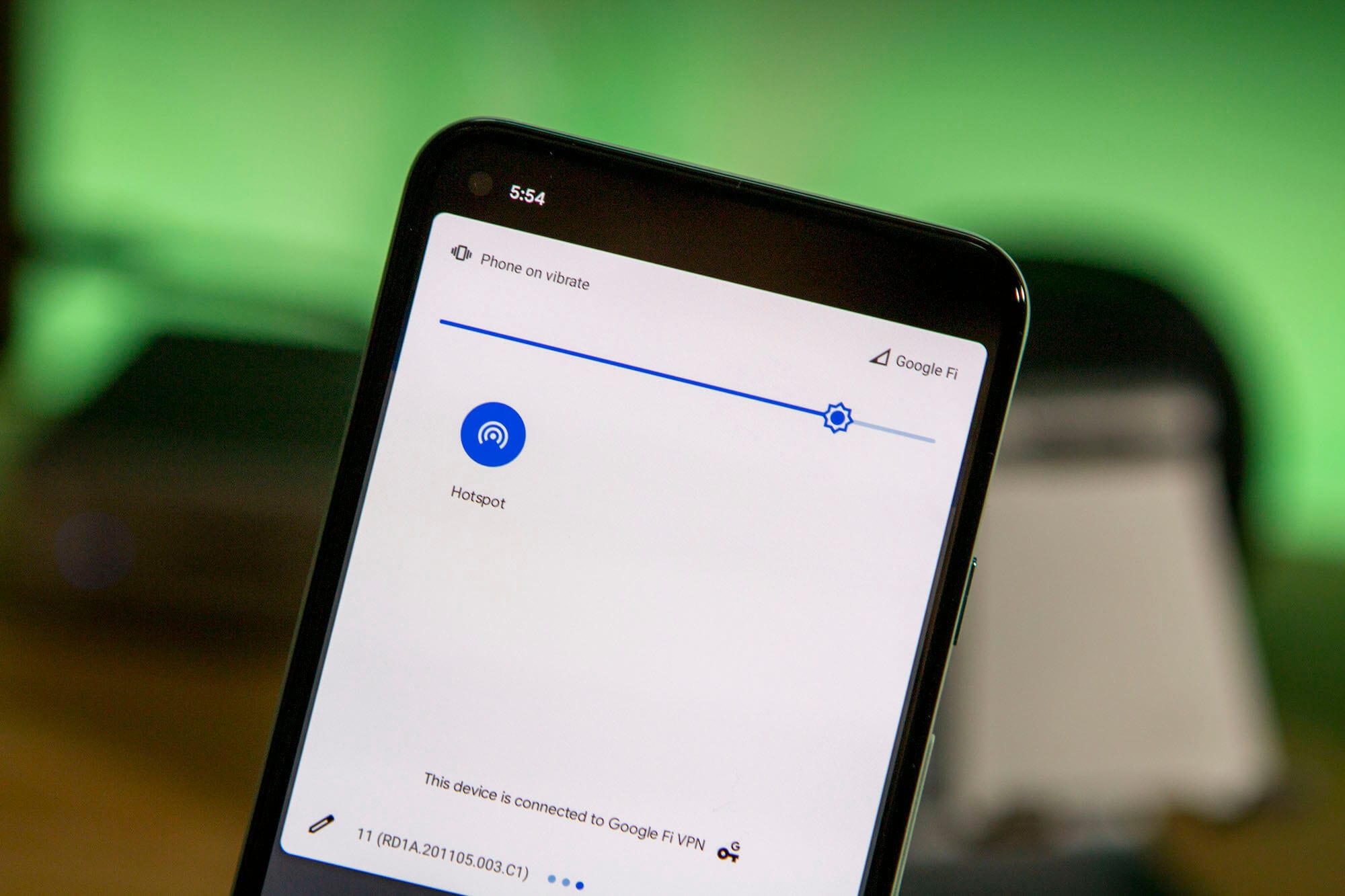Introduction
Samsung Hotspot is a valuable feature that allows you to share your Samsung device's internet connection with other devices, such as laptops, tablets, and other smartphones. Whether you're on the go, at a café, or simply in an area with limited Wi-Fi access, the Samsung Hotspot feature empowers you to stay connected seamlessly. By transforming your Samsung device into a portable Wi-Fi hotspot, you can access the internet and enable others to do so as well.
With Samsung Hotspot, you can eliminate the constraints of traditional Wi-Fi networks and enjoy the freedom to connect from virtually anywhere. This feature is particularly useful for individuals who require internet access for work, study, or entertainment while outside the reach of conventional Wi-Fi networks.
In this guide, we will explore the process of setting up and utilizing Samsung Hotspot, including connecting to the hotspot, managing its settings, and troubleshooting common issues. By the end of this guide, you will have a comprehensive understanding of how to leverage the Samsung Hotspot feature to enhance your connectivity experience.
Let's dive into the world of Samsung Hotspot and unlock the potential of your Samsung device to keep you connected wherever you go.
Setting up Samsung Hotspot
Setting up the Samsung Hotspot feature on your Samsung device is a straightforward process that can be completed in just a few simple steps. By following these steps, you can quickly transform your device into a portable Wi-Fi hotspot, enabling you to share its internet connection with other devices.
-
Accessing the Settings: To begin, navigate to the "Settings" on your Samsung device. You can typically find this icon on the home screen or in the app drawer. Once in the settings, look for the "Connections" or "Network & Internet" option, where you will find the "Mobile Hotspot and Tethering" feature.
-
Enabling the Hotspot: Within the "Mobile Hotspot and Tethering" menu, locate and select the "Mobile Hotspot" option. Upon selecting this option, you will be prompted to enable the hotspot feature. Simply toggle the switch to turn on the hotspot.
-
Configuring Hotspot Settings: After enabling the hotspot, you can customize the hotspot settings to suit your preferences. You can set a unique network name (SSID) for your hotspot and choose a secure password to control access to the network. These settings can typically be found under the "Mobile Hotspot" or "Hotspot Configuration" section.
-
Connecting Devices: Once the hotspot is activated and configured, other devices can connect to it by locating the network name (SSID) you specified and entering the password. This allows them to utilize the internet connection provided by your Samsung device.
-
Monitoring Usage: As the hotspot owner, you can monitor the devices connected to your hotspot and manage their access. This can be particularly useful for controlling the number of devices connected and ensuring a smooth internet sharing experience.
By following these steps, you can effortlessly set up the Samsung Hotspot feature on your Samsung device, empowering you to share your internet connection with other devices. Whether you're in a location with limited Wi-Fi access or simply need to connect multiple devices on the go, the Samsung Hotspot feature provides a convenient solution for seamless connectivity.
Connecting to Samsung Hotspot
Connecting to a Samsung Hotspot is a simple and intuitive process that allows you to access the internet using the shared connection from a Samsung device. Once the Samsung Hotspot is set up and activated on the host device, other devices can easily connect to it and benefit from the internet connectivity it provides.
To connect to a Samsung Hotspot, follow these steps:
-
Locate the Hotspot: On the device you wish to connect, access the Wi-Fi settings. This can usually be found in the device's Settings menu under the "Connections" or "Network & Internet" section. Look for the list of available Wi-Fi networks, where you should find the Samsung Hotspot network name (SSID) that was set up on the host device.
-
Select the Hotspot: From the list of available Wi-Fi networks, locate the Samsung Hotspot network name (SSID) and select it. You may be prompted to enter the password for the hotspot if one was set during the configuration process.
-
Enter the Password: If a password was set for the Samsung Hotspot, enter it when prompted. This password ensures the security of the hotspot and controls access to the shared internet connection.
-
Connect and Enjoy: Once the correct password is entered, the device will establish a connection to the Samsung Hotspot. Upon successful connection, the device will be able to access the internet using the shared connection from the Samsung device.
-
Stay Connected: After connecting to the Samsung Hotspot, the device will remain connected as long as it is within range of the host device and the hotspot is active. This allows for continuous access to the internet, making it convenient for work, study, or leisure activities.
By following these steps, you can seamlessly connect to a Samsung Hotspot and access the internet using the shared connection from a Samsung device. Whether you are using a laptop, tablet, or another smartphone, the Samsung Hotspot feature provides a convenient way to stay connected, even in locations with limited Wi-Fi access.
Connecting to a Samsung Hotspot is a valuable capability that empowers users to access the internet from various devices, leveraging the connectivity of a Samsung device to enhance productivity and connectivity on the go.
Managing Samsung Hotspot settings
Managing the settings of your Samsung Hotspot allows you to customize and optimize the shared internet connection according to your preferences and requirements. By accessing the hotspot settings on your Samsung device, you can control various aspects of the hotspot, including network name, password, connected devices, and data usage. This level of control empowers you to tailor the hotspot to your specific needs and ensure a seamless internet sharing experience.
Customizing Network Name and Password
One of the key aspects of managing Samsung Hotspot settings is customizing the network name (SSID) and password. This allows you to personalize the hotspot and enhance its security. By setting a unique network name, you can easily identify your hotspot among other available networks. Additionally, choosing a strong and secure password ensures that only authorized users can connect to the hotspot, safeguarding the shared internet connection from unauthorized access.
Monitoring Connected Devices
Managing the Samsung Hotspot settings enables you to monitor the devices connected to your hotspot. This visibility allows you to keep track of the number of connected devices and manage their access to the shared internet connection. By knowing which devices are connected, you can ensure that the hotspot's resources are efficiently utilized and maintain control over the network's usage.
Adjusting Data Usage and Restrictions
Samsung Hotspot settings also offer the flexibility to adjust data usage and apply restrictions if necessary. This can be particularly useful for managing data consumption and prioritizing the allocation of resources to connected devices. By setting data limits or restrictions, you can optimize the hotspot's performance and ensure fair usage among connected devices, ultimately enhancing the overall internet sharing experience.
Enabling Power Saving Features
Some Samsung devices offer power-saving features that can be managed within the hotspot settings. These features optimize the device's power consumption while the hotspot is active, extending the device's battery life. By enabling power-saving options, you can maximize the efficiency of the hotspot without compromising the device's overall performance, making it an ideal choice for prolonged usage.
Enhancing Security Measures
In addition to setting a secure password, managing Samsung Hotspot settings allows you to enhance security measures further. This may include enabling encryption protocols and configuring advanced security settings to protect the hotspot from potential security threats. By prioritizing security within the hotspot settings, you can ensure a safe and reliable internet sharing environment for all connected devices.
By actively managing the Samsung Hotspot settings, you can optimize the performance, security, and usability of the hotspot, creating a seamless and reliable internet sharing experience for all connected devices. These settings empower you to tailor the hotspot to your specific needs, ensuring that it operates efficiently while maintaining a high level of security and control over the shared internet connection.
Troubleshooting common issues
Encountering issues with your Samsung Hotspot can be frustrating, but understanding common problems and their solutions can help you resolve them effectively. By addressing these issues, you can ensure that your Samsung Hotspot operates smoothly, providing uninterrupted internet access to connected devices. Here are some common issues and troubleshooting steps to resolve them:
1. Hotspot Not Visible or Available
If your Samsung Hotspot is not visible or available to other devices, start by checking the hotspot settings on your Samsung device. Ensure that the hotspot is enabled and that the network name (SSID) is visible. If the hotspot is still not visible, try restarting the hotspot feature or rebooting your Samsung device to refresh the network availability.
2. Unable to Connect to Hotspot
If other devices are unable to connect to your Samsung Hotspot, verify that the correct password is being entered. Ensure that the password is case-sensitive and entered accurately. If connection issues persist, try resetting the hotspot settings, including the network name and password, to establish a new connection.
3. Intermittent Connection Drops
Intermittent connection drops can disrupt the internet sharing experience. To address this issue, check for any interference or obstructions that may be affecting the signal strength. Relocating the Samsung device to a different position can improve signal reception and minimize connection drops. Additionally, consider updating the device's software and firmware to ensure optimal hotspot performance.
4. Slow or Unstable Internet Speed
If the connected devices experience slow or unstable internet speed while using the Samsung Hotspot, assess the data usage and network congestion. Limit the number of connected devices to optimize bandwidth allocation and enhance internet speed. Furthermore, consider upgrading your Samsung device's data plan or utilizing a higher-speed network for improved performance.
5. Overheating or Battery Drain
Continuous usage of the Samsung Hotspot may lead to overheating or excessive battery drain. To mitigate this, take regular breaks from hotspot usage to allow the device to cool down. Additionally, enable power-saving features on your Samsung device to optimize battery usage while the hotspot is active.
By troubleshooting these common issues, you can effectively address challenges related to the Samsung Hotspot, ensuring a reliable and seamless internet sharing experience for all connected devices. Implementing these troubleshooting steps will help you maximize the functionality of the Samsung Hotspot and maintain consistent connectivity in various environments.







